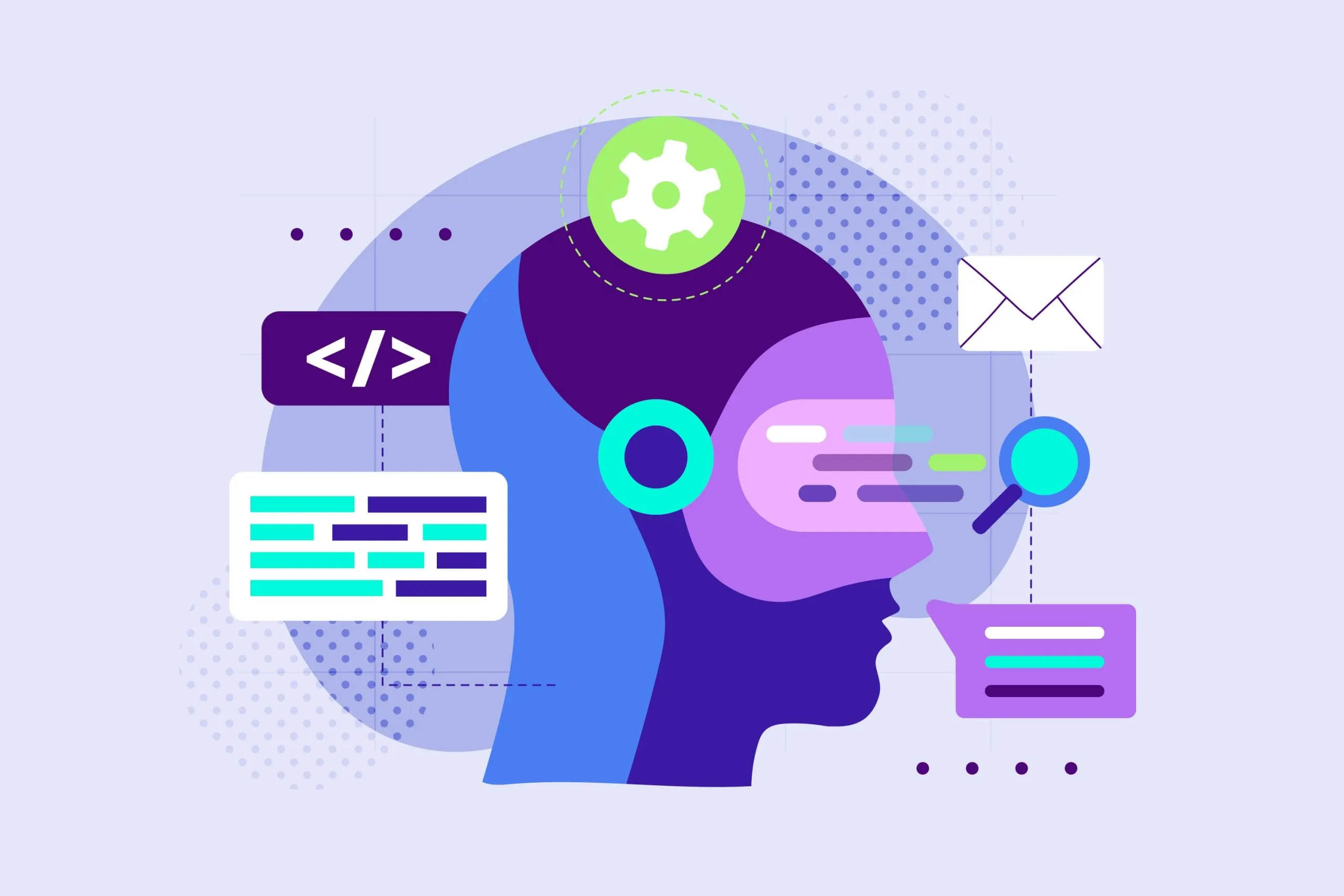
Image by Freepik
Data analysis is undergoing a revolution. Machine Learning (ML), once the exclusive domain of data scientists, is now accessible to data analysts like you. With tools such as BigQuery ML, you can harness the power of ML without needing a computer science degree. Let’s explore how to get started.
What is BigQuery?
BigQuery is a fully managed enterprise data warehouse that helps you manage and analyze your data with built-in features like machine learning, geospatial analysis, and business intelligence. BigQuery’s serverless architecture allows you to use SQL queries to answer your organization’s key questions without any infrastructure management.
What is BigQuery ML?
BigQuery ML (BQML) is a feature of BigQuery that allows you to use standard SQL queries to create and execute machine learning models. This means you can leverage your existing SQL skills to perform tasks such as:
- Predictive Analytics: Forecast sales, customer churn, or other trends.
- Classification: Categorize customers, products, or content.
- Recommendation Engines: Suggest products or services based on user behavior.
- Anomaly Detection: Identify unusual patterns in your data.
Why BigQuery ML?
There are several compelling reasons to adopt BigQuery ML:
- No Python or R Coding Required: Say goodbye to Python or R. BigQuery ML allows you to create models using familiar SQL syntax.
- Scalable: BigQuery’s infrastructure is designed to handle large datasets. You can train models on terabytes of data without worrying about resource limitations.
- Integrated: Your models live where your data resides. This simplifies model management and deployment, making it easier to integrate predictions directly into your existing reports and dashboards.
- Speed: BigQuery ML leverages Google’s powerful computing infrastructure, enabling faster model training and execution.
- Cost-Effective: Pay only for the resources you use during training and prediction.
Who Can Benefit from BigQuery ML?
If you are a data analyst looking to add predictive capabilities to your analysis, BigQuery ML is an ideal solution. Whether you are forecasting sales trends, identifying customer segments, or detecting anomalies, BigQuery ML can help you gain valuable insights without requiring deep ML expertise.
Getting Started
1. Data Preparation: Ensure your data is clean, organized, and in a BigQuery table. This is crucial for any ML project.
2. Choose Your Model: BQML offers various types of models:
- Linear Regression: Predict numerical values (e.g., sales forecasts).
- Logistic Regression: Predict categories (e.g., customer churn – yes or no).
- Clustering: Group similar items (e.g., customer segments).
- And More: Time series models, matrix factorization for recommendations, and even TensorFlow integration for advanced cases.
3. Build and Train: Use simple SQL statements to create and train your model. BQML handles the complex algorithms behind the scenes.
Here’s a basic example to predict housing prices based on square footage:
CREATE OR REPLACE MODEL `mydataset.housing_price_model`
OPTIONS(model_type="linear_reg") AS
SELECT price, square_footage FROM `mydataset.housing_data`;
SELECT * FROM ML.TRAIN('mydataset.housing_price_model');4. Evaluate: Check your model’s performance. BQML provides metrics such as accuracy, precision, recall, etc., depending on your model type.
SELECT * FROM ML.EVALUATE('mydataset.housing_price_model');5. Predict: It’s time for the fun part! Use your model to make predictions on new data.
SELECT * FROM ML.PREDICT('mydataset.housing_price_model',
(SELECT 1500 AS square_footage));Advanced Features and Considerations
- Hyperparameter Tuning: BigQuery ML allows you to adjust hyperparameters to fine-tune your model’s performance.
- Explainable AI: Use tools like Explainable AI to understand the factors influencing your model’s predictions.
- Monitoring: Continuously monitor your model’s performance and retrain it as necessary when new data becomes available.
Tips for Success
- Start Simple: Begin with a simple model and dataset to understand the process.
- Experiment: Try different model types and parameters to find what works best for you.
- Learn: Google Cloud offers excellent documentation and tutorials on BigQuery ML.
- Community: Join forums and online groups to connect with other BQML users.
BigQuery ML: Your Gateway to ML
BigQuery ML is a powerful tool that democratizes machine learning for data analysts. With its ease of use, scalability, and integration into existing workflows, it has never been easier to leverage the power of ML to gain deeper insights from your data.
BigQuery ML allows you to develop and run machine learning models using standard SQL queries. Additionally, it enables you to leverage Summit AI models and Cloud AI APIs for various AI tasks, such as text generation or language translation. Moreover, Gemini for Google Cloud enhances BigQuery with AI-driven features that streamline your tasks. For a comprehensive overview of these AI features in BigQuery, refer to Gemini in BigQuery.
Start experimenting and unlock new possibilities for your analysis today!
Nivedita Kumari is a seasoned data analytics and AI professional with over 8 years of experience. In her current role as a Data Analytics Customer Engineer at Google, she consistently engages with C-level executives, helping them design data solutions and guiding them on best practices for building data and machine learning solutions on Google Cloud. Nivedita holds a Master’s degree in Technology Management with a specialization in Data Analytics from the University of Illinois at Urbana-Champaign. She is passionate about democratizing machine learning and AI, breaking down technical barriers so everyone can be part of this transformative technology. She shares her knowledge and experience with the developer community by creating tutorials, guides, opinion pieces, and coding demos. Connect with Nivedita on LinkedIn.


